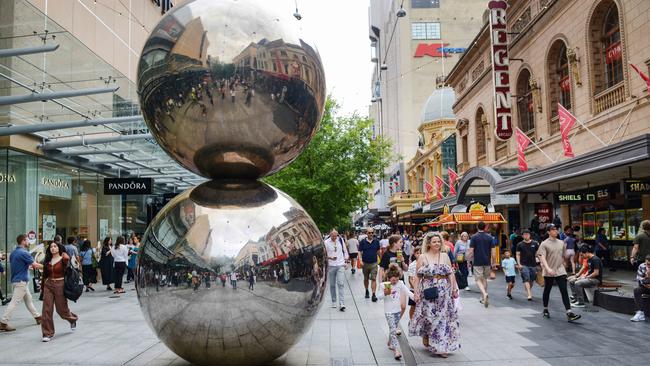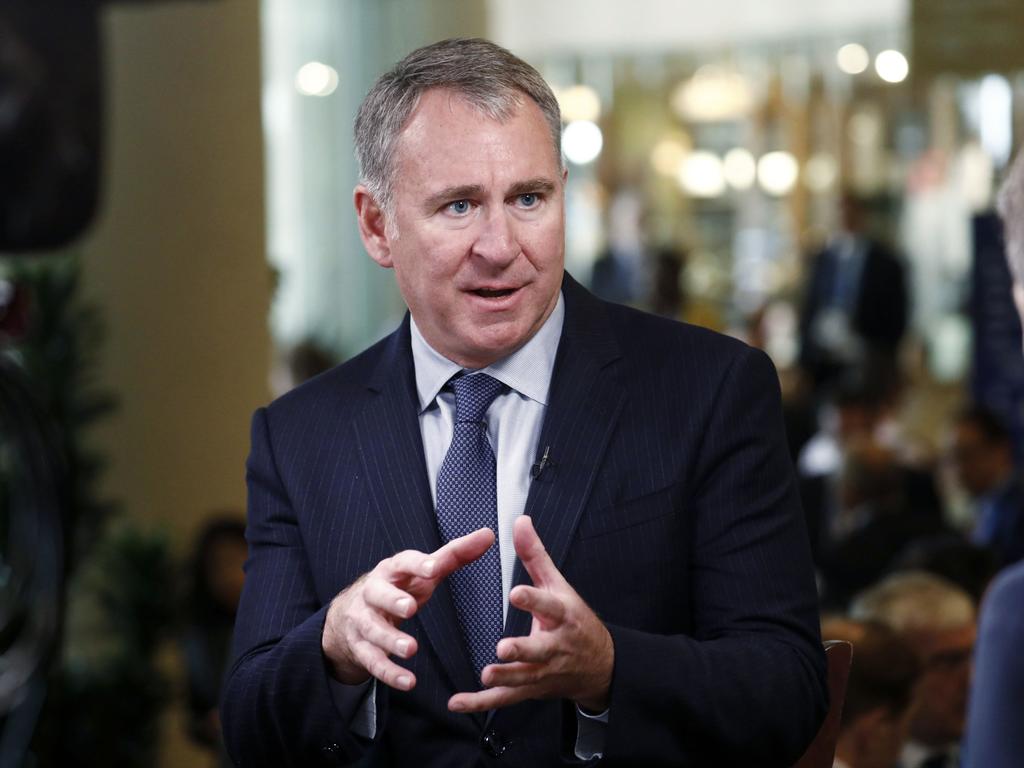ANZ: Slowdown in consumer spending has begun but Australia expected to avoid recession
An anticipated slowdown in Australian consumer spending has begun to emerge, according to ANZ, but the economy is expected to avoid a recession next year.

An anticipated slowdown in Australian consumer spending has begun to emerge, according to ANZ.
But the economy is expected to avoid a recession next year, despite a looming mortgage cliff.
Total ANZ observed spending from November 20 to December 18 was just 10 per cent above the same period in 2019, even as the CPI rose 10.5 per cent from December 2019 to September 2022 and the population grew 1.8 per cent from December 2019 to June 2022.
This is in contrast to 2020 and 2021 year-end spending, which was strong due to a “perfect storm” of factors including lack of access to travel and services, a build-up in savings helped by stimulus and low rates, as well as pent-up demand after lockdowns
“The transition from pent-up demand post-Covid-19 to a rate and inflation-led household budget squeeze will intensify in 2023 as fixed rates roll off,” ANZ senior economist Adelaide Timbrell said.
“Daily non-food retailing is tracking almost the same as December 2019 despite considerable inflation during this time.”
According to the Reserve Bank’s October Financial Stability Review, around 35 per cent of Australia’s $2.1 trillion mortgage market – worth about $735bn – is composed of fixed-rate mortgages. The proportion of fixed-rate loans soared from around 20 per cent at the start of 2020.
The jump in fixed rate loans came as rates on those loans fell to around 2 per cent after the RBA said in late 2020 that “the board is not expecting to increase the cash rate for at least three years”.
About 65 per cent of these fixed-rate loans – worth about $478bn – are set to expire by 2023.
Timbrell said April to November would be when the bulk of fixed rates roll off.
“Based on ANZ forecasts of further cash rate increases in 2023, many of these mortgage holders will face a rise of over 4 percentage points in mortgage interest rates once rolling over from fixed to variable,” she said. “We’ve already seen households begin to respond to inflation and interest rate pressures in our latest data on end-of-year spending.”
This week, ANZ cut its 2023 economic growth forecast to 1.5 per cent year-on-year from a previous forecast of 1.8 per cent.
However, unlike some of the world’s major economies such as the UK, euro area and the US, where recession is widely considered to be imminent, Australia is expected to avoid a recession in 2023.
“The labour market, wages growth and the path of inflation will determine the extent of RBA tightening in 2023,” ANZ economists said.
While trimming their forecast peak for headline CPI inflation to 7.8 per cent year-on-year for the December quarter of 2022 – down from 8 per cent – they warned that underlying inflation will be “particularly sticky” in 2023.
“An extended period of restrictive rates will be required to bring inflation back to target, notwithstanding the slower growth trajectory,” ANZ said.
They predict the RBA’s cash rate will peak at 3.85 per cent by May 2023 – up from 3.1 per cent now and 25 basis points in May — with no cuts expected until late-2024.
It came as the Westpac-Melbourne Institute Leading Index signalled weak growth in the economy in 2023 and “stagnation” in the second half. The six-month annualised growth rate in the Index, which indicates the likely pace of economic activity relative to trend three to nine months into the future, fell from minus 0.84 per cent in October to minus 0.92 per cent in November. November was the fourth consecutive month that the growth rate has been negative.
“That profile is consistent with Westpac’s own growth forecasts for 2023,” Westpac chief economist Bill Evans said.
“We expect growth of only 1 per cent over the year, with growth at zero in the second half of 2023 – a half-year of stagnation for the Australian economy.”
Evans said the accumulated impact of the Reserve Bank’s tightening cycle, which began in May and is expected to extend to May 2023, will be the main source of the economic headwinds. But declines in real wages, a deterioration in the residential housing market, uncertain asset markets and a difficult year for the global economy will all play their parts.
He said impacts from monetary policy and the weakening global environment were apparent in the components of the index that are explaining most of the weakness in the last six months.
“The slowing economy, prospects of easing conditions in the labour market, lower inflation, and weak global growth will lay the foundation for an extended pause for the remainder of 2023.”






To join the conversation, please log in. Don't have an account? Register
Join the conversation, you are commenting as Logout